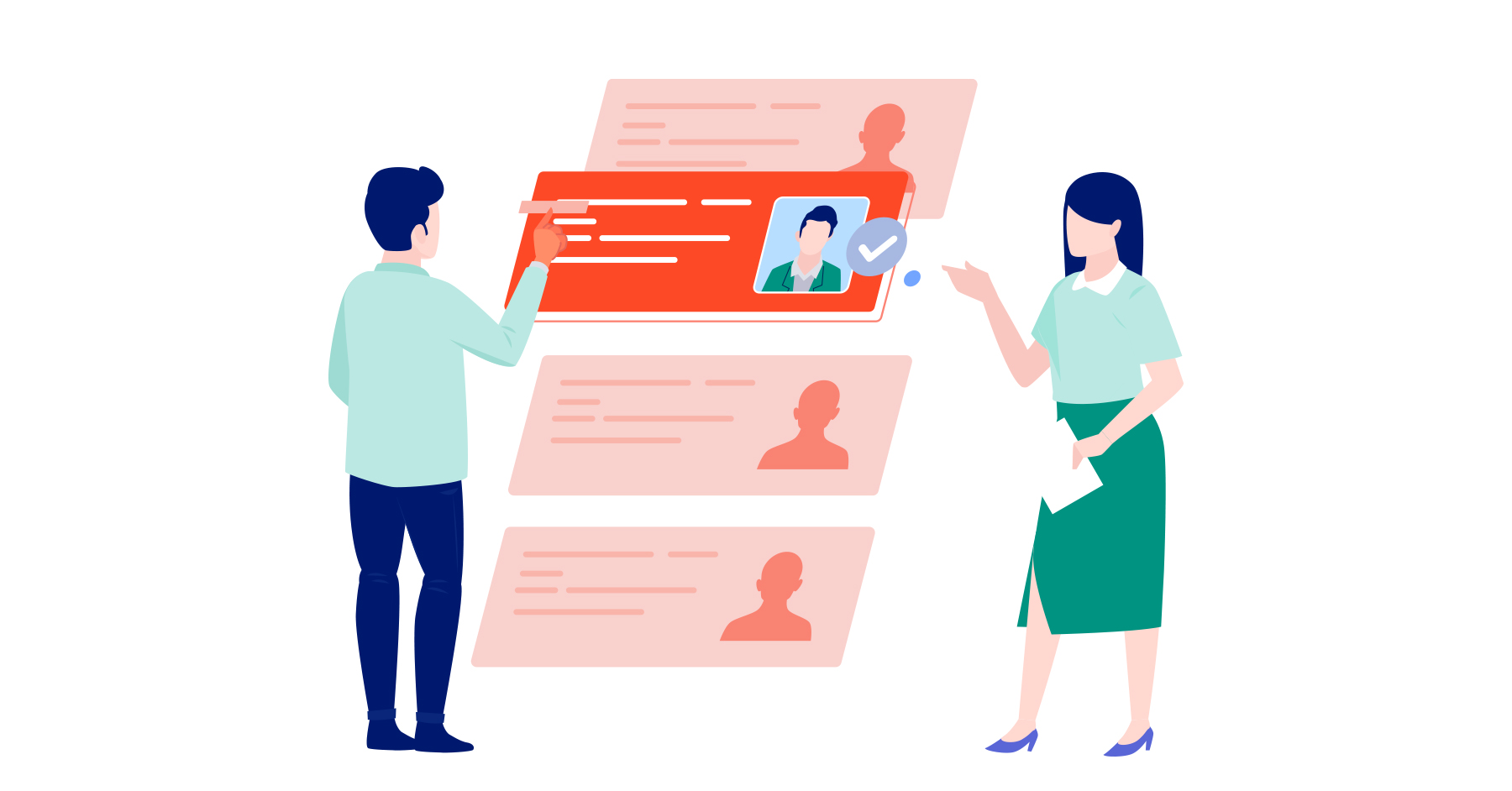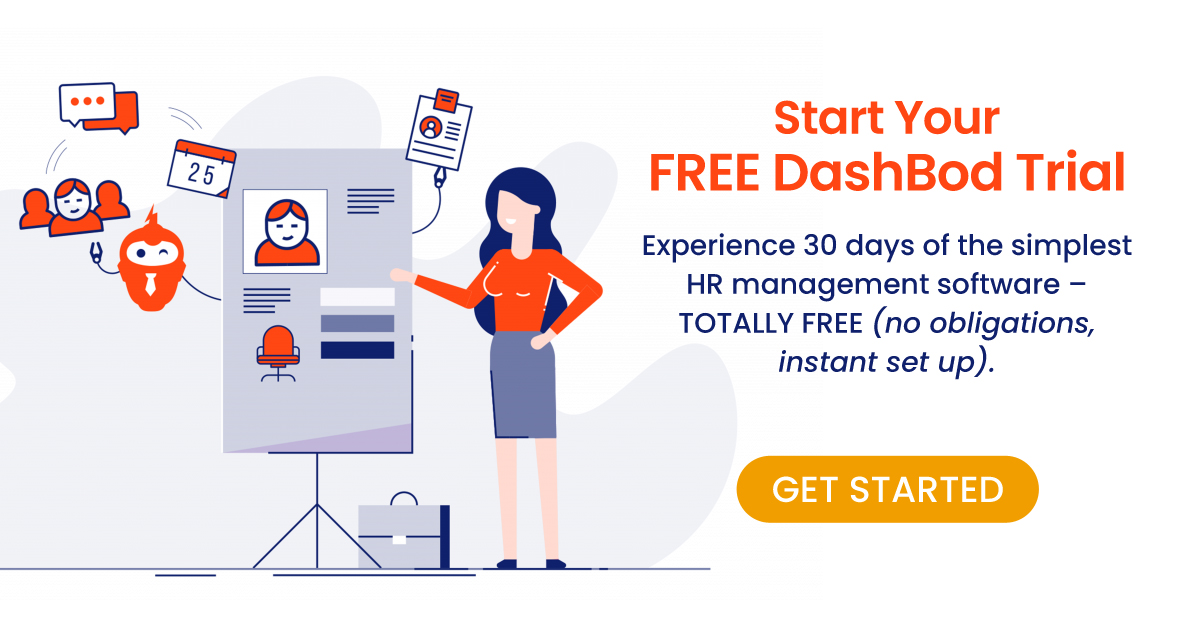Oh man, it’s time for payroll again. Urghhh!
If you’re frustrated with how tedious, time-consuming and boring it is to manually run payroll, here’s the good news: it doesn’t have to be that way. The right payroll management system can save you tons of time and reduce the chance of costly payroll mistakes.
Here’s what you need to know about your SME getting started with an HR and payroll system in Singapore.
Benefits of an Automated Payroll System for Singapore SME
1. Better time management
Rather than crawling through hundreds of emails and flipping paper timecards to calculate hours, a centralised HR system can store all the relevant information. So whenever you need to do a payroll run, just let the system automatically pull up the numbers for you.
This can save you hours of time and is so much more convenient for your employees.
2. Streamlined and formalised processes
Having papers coming in at different times and employees filling it up in different ways can be hair-pulling. You’ll have to spend time sorting out, then find a way to update your current system, calculate hours, plus pay, then store the documents properly. Way to time confusing and disorganised!
When you use an automated system to handle payroll, every user follows the same process for tracking time. The system computes the employee’s salary on the backend, saving you time, effort and frustration.
3. Reduction of errors
Maybe you receive a timecard with illegible handwriting or cancellations. Perhaps you received incomplete paperwork with missing receipts for claims. These can slow down the payroll process.
But if employees can input their bank details, contact information, submit claims on their own or select shifts within the system, it practically removes you as the middle man. Without having to manually transfer data, you know data is as accurate as possible.
4. Employee portal
All employees will have access to the payroll module within the HR system, so they are empowered to take control of their own submissions. And if you need to share information with your entire staff or selected individuals, you can store documents in specific places for better communication.
You might be interested in: In house vs outsourcing HR solutions for small businesses
4 Steps to Make HR Payroll Management System Switching Easy on Your Employees
Step 1: Partner with an Integrated HR and Payroll Management System in Singapore
Many businesses use different software for taxes, benefits administration, leave and time tracking, among other HR processes. If your business is currently running this way, consider hopping on an integrated HR and payroll system that’s available in Singapore to centralise all your management-related processes in one single platform.
In most cases, HR software don’t interact with one another (that’s why they’re offering services in silo, right?). In order for your systems to all be in sync, you actually have to manually update. That’s an extremely high risk for human error if data is missed out or incorrectly entered.
Centralising all your HR processes means automatic updates in your payroll system each time an employee works a few extra hours or gets a pay raise, for example. And all this is stored in their employee records for tracking.
In the long run, partnering with an all-in-one HR and payroll system will save your business administrative time and money, while making life easier for employees.
You might be interested in: How to choose the best payroll and accounting software for your small business
Step 2: Complete a Mock Payroll Run
Before you run your first payroll, it’s wise to carry out a test. Make sure everything’s accurate, on time and done in the right way.
Time the dry run a few weeks before you officially transition, giving yourself adequate time to iron out the kinks. The last thing you want is even more administrative errors!
Step 3: Assign Employees a List of Tasks
With the right cloud payroll system, most employee information should be easily migrated over. But just as an extra layer of precaution, you’ll want to make sure all information in the new system is accurate.
Prepare a list of tasks for employees to do. For example, get employees to explore the system to make sure their general information such as address, birth date, bank details, contact number are all accurate.
In the same document, have step by step instructions on how to update these details. This way, HR and finance don’t have to handle everything on their own.
Step 4: Share an FAQ Document with Employees
At this point, employees might have some questions or run into some problems that they’ll need your assistance in. Rather than spending all your time entertaining the same questions, prepare an FAQ document or pull some helpful links or videos from your payroll system’s helpdesk.
This will make the transition smoother and save everyone time.
It Pays to Improve Payroll
An efficient, reliable payroll management system is one of the most important components of any successful organisation in Singapore. It’s more than meeting financial obligations and staying compliant with the law.
Sound HR functions strengthen bonds between employers and employees, creating trust and satisfaction.
Ready to get your SME started with a cloud payroll system? Try us out for free today!



